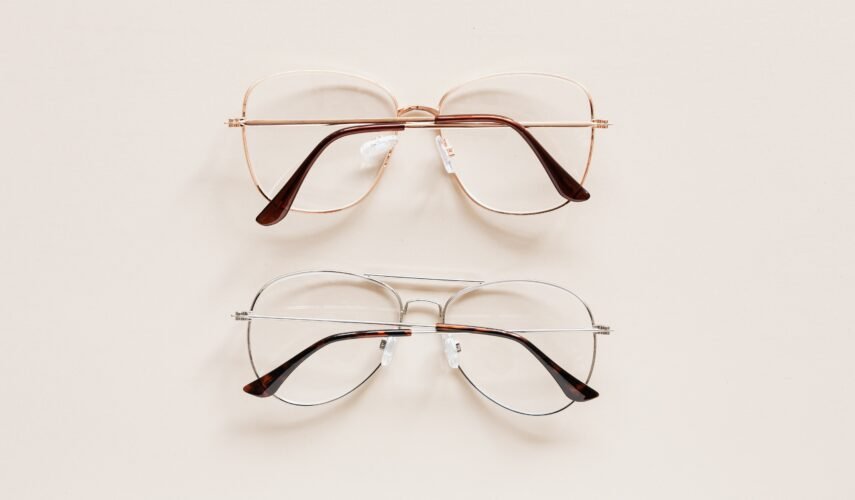
Blog
How Are Eyeglasses Made?

Let’s face it, almost anything might be used to create eyeglasses. And believe us, they have! Tortoiseshell frames were once constructed from genuine tortoiseshell rather than plastic or acetate. And what about the bushy eyebrows on the horn-rimmed and browline glasses? ivory and bone. But don’t worry. The likelihood of your eyeglass frames being manufactured from actual bone or shell is extremely unlikely unless you purchase them from an antique merchant. So, how are glasses created today?
Exactly how are glasses made?
The majority of contemporary eyeglass and sunglass frames are comprised of either metal or plastic. Metal is a fantastic material for eyeglass frames since it is simple to cut, shape, and mould. However, selecting the proper type of metal is important. Although Lead is neither the safest or lightest metal to use to build glasses, despite the fact that lead glasses would be simple to form. The majority of eyeglass frames are instead constructed of titanium, aluminum, or stainless steel. Usually, metal glasses are wire, flat, or occasionally a combination of the two. So let’s examine the process of making eyeglasses.
How metal glasses are made at eyeglasses place?
a wireframe Metal eyewear is made of well metal wire! Precision equipment twists and crimps the wire as it winds through it to mold and shape it into frames. After slipping plastic or acetate sleeves onto the temple arm tips and soldering on the joints and nose pad hinges, the arms are then screwed onto the front temples of the frame.
On the other hand, flat metal glasses are created from thin sheets of metal. The frame sections are precisely laser-cut from flat metal sheets, and the edges are then either hand- or tumble-smoothed. The temple arms are attached to the frame front at the hinges, the temple arms’ tips are covered with plastic, and the nose pad hinges are soldered on, just like with wire metal frames.
How plastic glasses are made
Plastics are also used to make eyeglass frames. Injection or acetate plastic are the two primary types employed. Tiny plastic beads are melted down and then injected into a mold to create injection plastic. To create various hues and designs, colored beads are mixed and combined in various ways. Depending on the style, hinges and temple arms are also added, as well as an adjustable nose pad.
Acetate is a plant-based material that is a little unique. To create a soft plastic, the plant fiber must first be removed, made into a paste, and then cured. After that, pigments are combined, wrapped into the plastic, and repeatedly rolled through enormous rollers. Huge sheets of uniform color are produced as a result. Solid sheets are broken up and then pressed together to create floral and tortoiseshell designs. Another option is to press sheets of various colors together to create new, striped sheets. A final sheet is then prepared for curing and hardening. Making acetate frames involves a similar procedure to that used to produce flat, metal eyeglasses. The front and temple arms of the frame are precisely machine-cut, after which they are polished and tumbled. For stability, metal wire is pressed into the temple arms. Hand-applied hinges and nose pads complete the design.
How lenses for glasses are created at eyeglasses place
Lenses for sunglasses and eyeglasses are made from disks of plastic. For each order or prescription, a different type of lens is chosen. The lenses are then shaped for the frame and the wearer’s prescription using specialized machinery. Each lens is hand-finished before being put into its frame. The frame is simply heated so that the lens may be forced into eyeglasses place in order to fit the lenses in full-rimmed glasses. Conversely, screws are required to secure the nose bridge and temples in place on spectacles without a rim. Additionally, with semi-rimless glasses, a thread that slips into a groove along the edge of the lens secures the lenses in place.
We believe that you might now better understand how eyeglasses are created at eyeglasses places. If you’re interested in finding out more about the many types of eyewear that Looptics has to offer? See frames in a variety of sizes and shapes on our page for eyeglasses!


